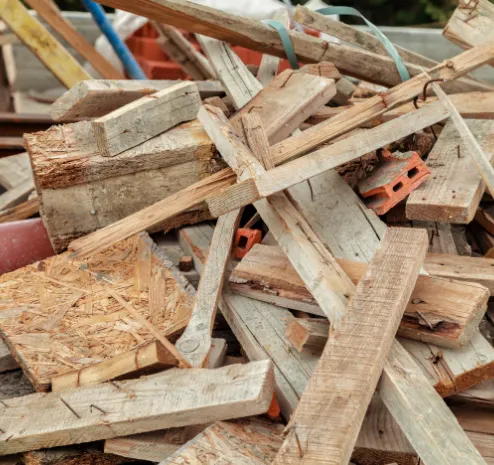Construction sites are dangerous and chaotic. Materials, tools, and hardware are lying around, machinery moving about, trucks coming in and out, people working, etc., so it’s easy for something to go wrong. Someone could drop a hammer, lose their grip on a door or drywall, or a soon-to-be-installed window; the list goes on. Debris is especially hazardous when falling from a height, as evidenced in a 2018 accident in New York when a dislodged coping stone killed a 25-year-old plasterer. It had dropped eight stories when it contacted the young man’s head, killing him instantly. Before settling, the stone struck another gentleman causing an injury severe enough to be hospitalized1. This is just one example of hundreds of debris-related accidents every year.
Fatalities are a sad example of how dangerous debris can be, but it is a reality in the construction industry. Falling debris can result in broken bones, bruises, concussions, traumatic brain injuries, lacerations, etc. Of course, the health and well-being of workers and pedestrians are of the utmost importance. Still, it is necessary to mention that accidents can result in violations and fines, and work will often be shut down. At the same time, an investigation is conducted and completed resulting in a loss of time and an unmet deadline. But, if an active construction site is following all of the necessary standards and guidelines, however, these types of incidents should be minimal.









